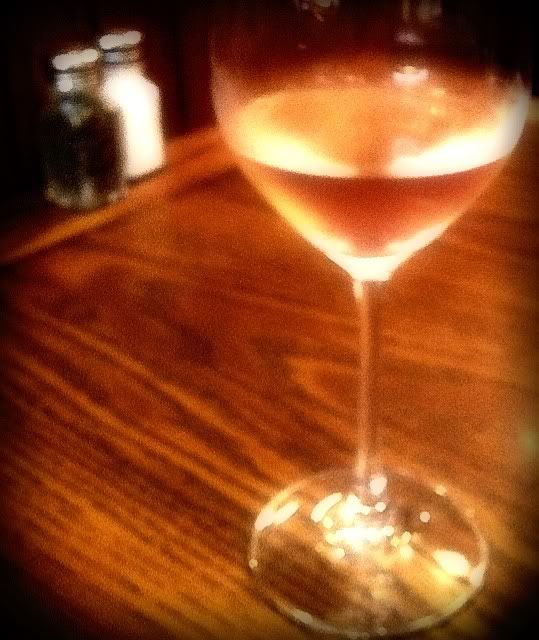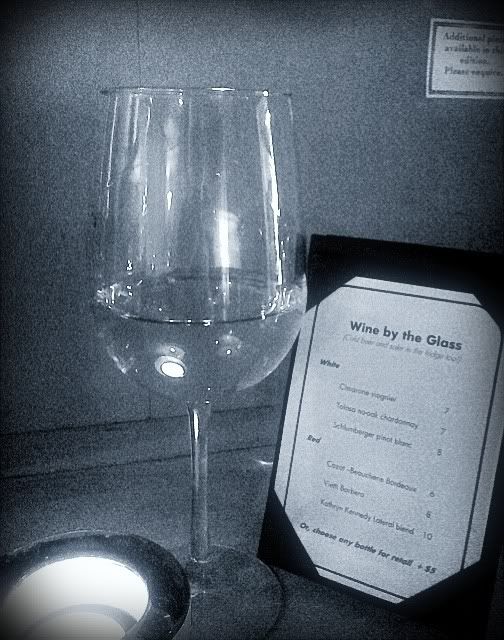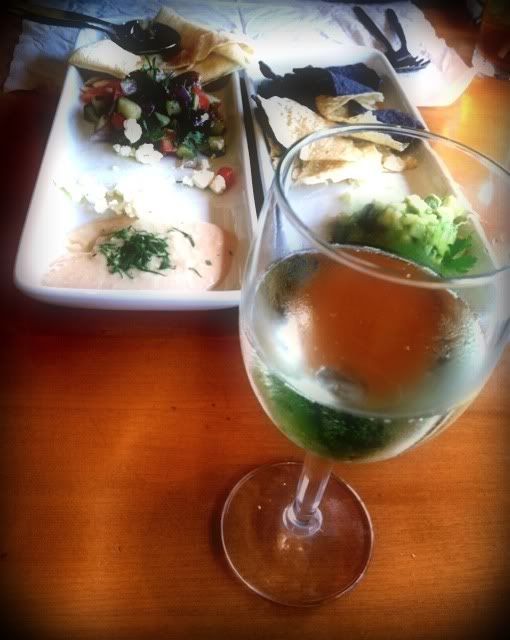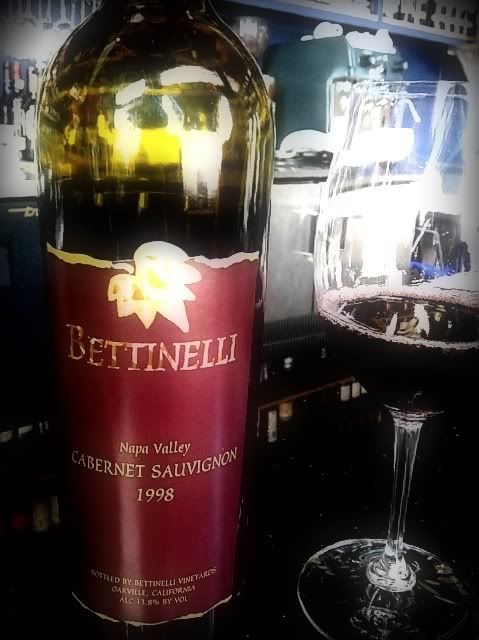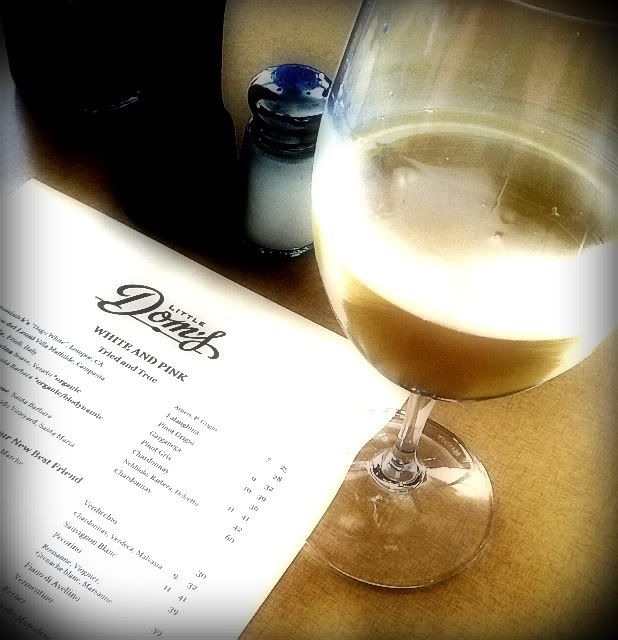Wine Goes To The Movies
With NowAndZin.com and TrailersFromHell.com
As "Valley of the Dolls" begins, we are told that "you have to climb Mt. Everest to reach the valley of the dolls." The highs and lows of that journey are sufficiently described in the film, leaving no doubt that we are not in Lawrenceville anymore.
With all the pill-popping that goes on in "Valley Of The Dolls," it would be a good idea to let the wine alone for this one. I don't pop pills - "dolls," in the parlance of the film - but I do pair wine with movies. That's how I get my thrills - at least on Thursdays. So get your hand out of the "dolly jar" and make sure those red things are cinnamon jellybeans.
Patty Duke is the fresh young face, Sharon Tate is the decoration, Barbara Parkins is the small-town girl in the big city. Everyone has their own reasons for taking a room in the dollhouse. Susan Hayward plays the role of aging veteran actress Helen Lawson, who takes full-bore diva bitchiness to a new level. The role was intended for Judy Garland, but life is supposed to imitate art, not the other way around.
Duke's character is a giant of the pill-popping world. Need to go to sleep? There's a pill for that. Need to wake up? There's a pill for that, too. Need to get through that tap dance rehearsal? Yes, a pill for that. Need to have some hot starlet sex? Gotcha covered.
I read somewhere that Champagne was the Viagra of the '60s. Personally, I like that idea. Today, say it with me now, there's a pill for that. A struggling young actress, though, might find it hard to afford Champagne, what with all the pills she buys to make it through a day.
So you don't flip your wig into the toilet, a lower-alcohol Prosecco is about as strong a drink as I'd try with this movie. You don't want to upset the uppers & downers equilibrium too much. Il Conte d'Alba 1917 Stella Rosa is only about five percent alcohol, and about as affordable as a bottle of aspirin - only about $10.
The theme song from the movie - a big hit for Dionne Warwick - lyrically suggests "goin' where I'm free." A few years later, Janis Joplin would punctuate that notion with "freedom's just another word for nothin' left to lose," which would seem a more fitting depiction of this movie's idea of the freedom found in a bottle of pills.
You may want to pop the cork on one of these dolls:
Valley of the Moon Winery - The Sonoma County producer has a couple of Zinfandels worth checking out. $10-$15
Mama's Little Yella Pils - Oskar Blues Brewery of Colorado makes this pilsner beer. It comes in a can, with the name proudly emblazoned across the front.
There's a pill for that. Resveratrol pills. Really? A pill instead of wine? We're becoming as unhinged as the women in "Valley of the Dolls."
Sparkling Grape Juice - The safest bet, with no alcohol at all. $2.97 at Walmart. By the way, if you are a young starlet shopping at Walmart, you need a better agent.
Follow Randy Fuller on Twitter
Follow Trailers From Hell on Twitter
With NowAndZin.com and TrailersFromHell.com
As "Valley of the Dolls" begins, we are told that "you have to climb Mt. Everest to reach the valley of the dolls." The highs and lows of that journey are sufficiently described in the film, leaving no doubt that we are not in Lawrenceville anymore.
With all the pill-popping that goes on in "Valley Of The Dolls," it would be a good idea to let the wine alone for this one. I don't pop pills - "dolls," in the parlance of the film - but I do pair wine with movies. That's how I get my thrills - at least on Thursdays. So get your hand out of the "dolly jar" and make sure those red things are cinnamon jellybeans.
Patty Duke is the fresh young face, Sharon Tate is the decoration, Barbara Parkins is the small-town girl in the big city. Everyone has their own reasons for taking a room in the dollhouse. Susan Hayward plays the role of aging veteran actress Helen Lawson, who takes full-bore diva bitchiness to a new level. The role was intended for Judy Garland, but life is supposed to imitate art, not the other way around.
Duke's character is a giant of the pill-popping world. Need to go to sleep? There's a pill for that. Need to wake up? There's a pill for that, too. Need to get through that tap dance rehearsal? Yes, a pill for that. Need to have some hot starlet sex? Gotcha covered.
I read somewhere that Champagne was the Viagra of the '60s. Personally, I like that idea. Today, say it with me now, there's a pill for that. A struggling young actress, though, might find it hard to afford Champagne, what with all the pills she buys to make it through a day.
So you don't flip your wig into the toilet, a lower-alcohol Prosecco is about as strong a drink as I'd try with this movie. You don't want to upset the uppers & downers equilibrium too much. Il Conte d'Alba 1917 Stella Rosa is only about five percent alcohol, and about as affordable as a bottle of aspirin - only about $10.
The theme song from the movie - a big hit for Dionne Warwick - lyrically suggests "goin' where I'm free." A few years later, Janis Joplin would punctuate that notion with "freedom's just another word for nothin' left to lose," which would seem a more fitting depiction of this movie's idea of the freedom found in a bottle of pills.
You may want to pop the cork on one of these dolls:
Valley of the Moon Winery - The Sonoma County producer has a couple of Zinfandels worth checking out. $10-$15
Mama's Little Yella Pils - Oskar Blues Brewery of Colorado makes this pilsner beer. It comes in a can, with the name proudly emblazoned across the front.
There's a pill for that. Resveratrol pills. Really? A pill instead of wine? We're becoming as unhinged as the women in "Valley of the Dolls."
Sparkling Grape Juice - The safest bet, with no alcohol at all. $2.97 at Walmart. By the way, if you are a young starlet shopping at Walmart, you need a better agent.
Follow Randy Fuller on Twitter
Follow Trailers From Hell on Twitter






